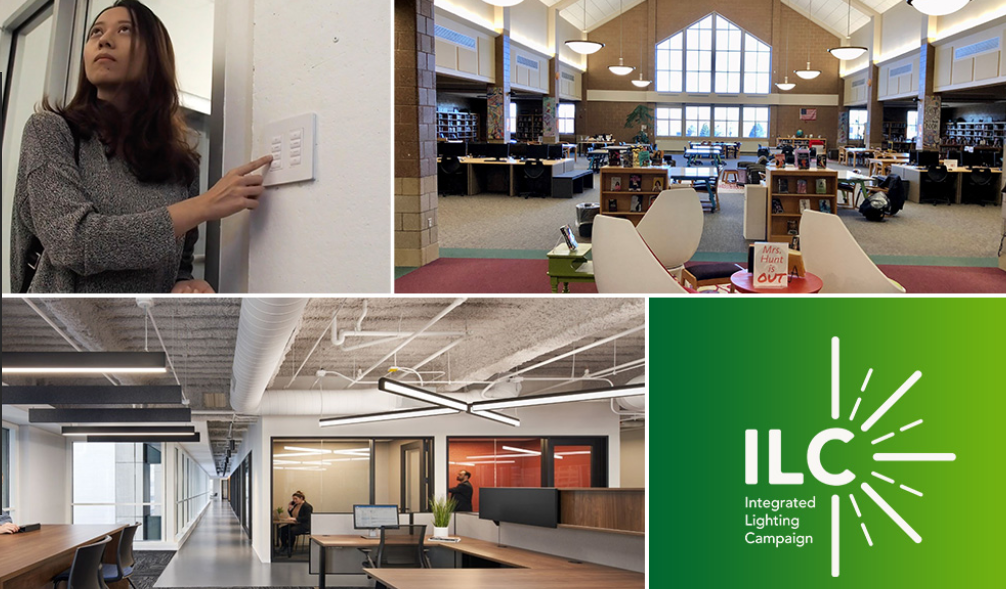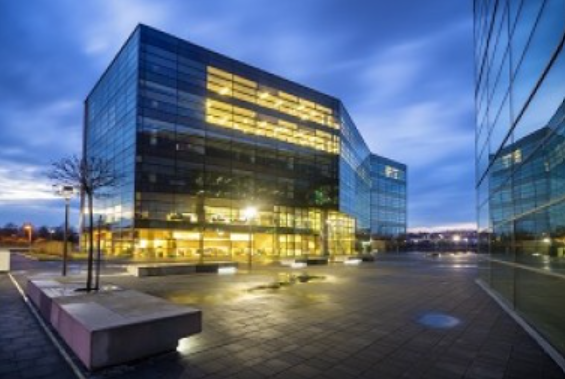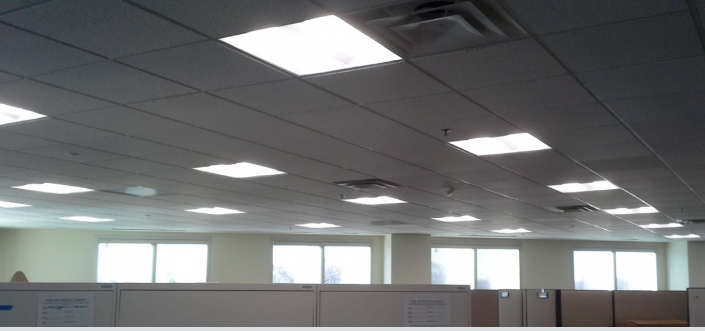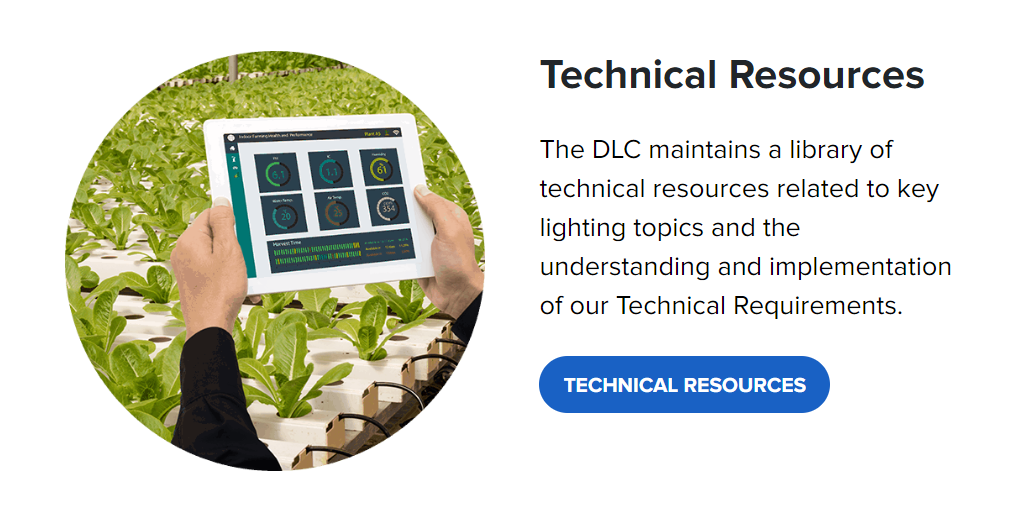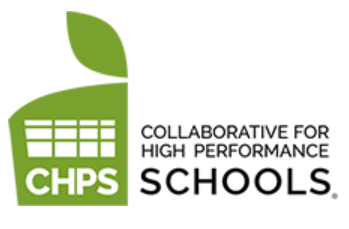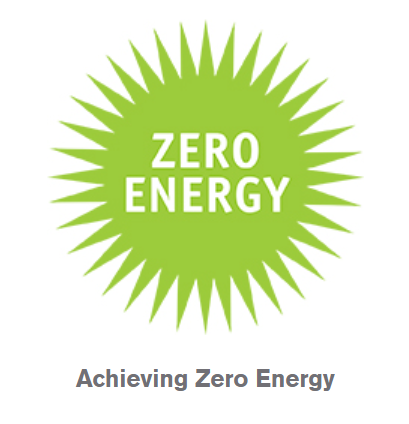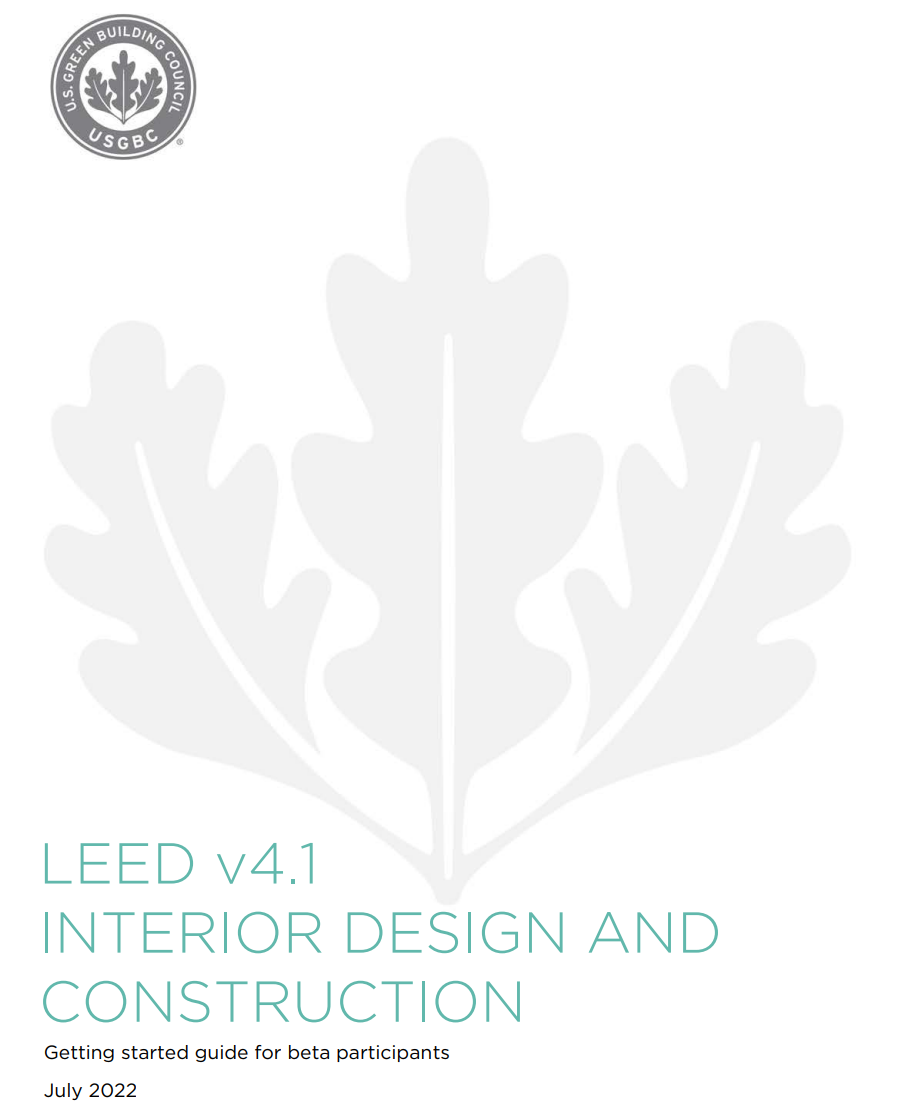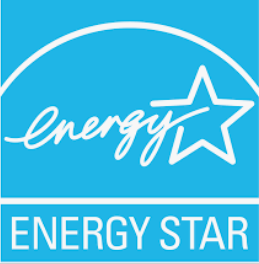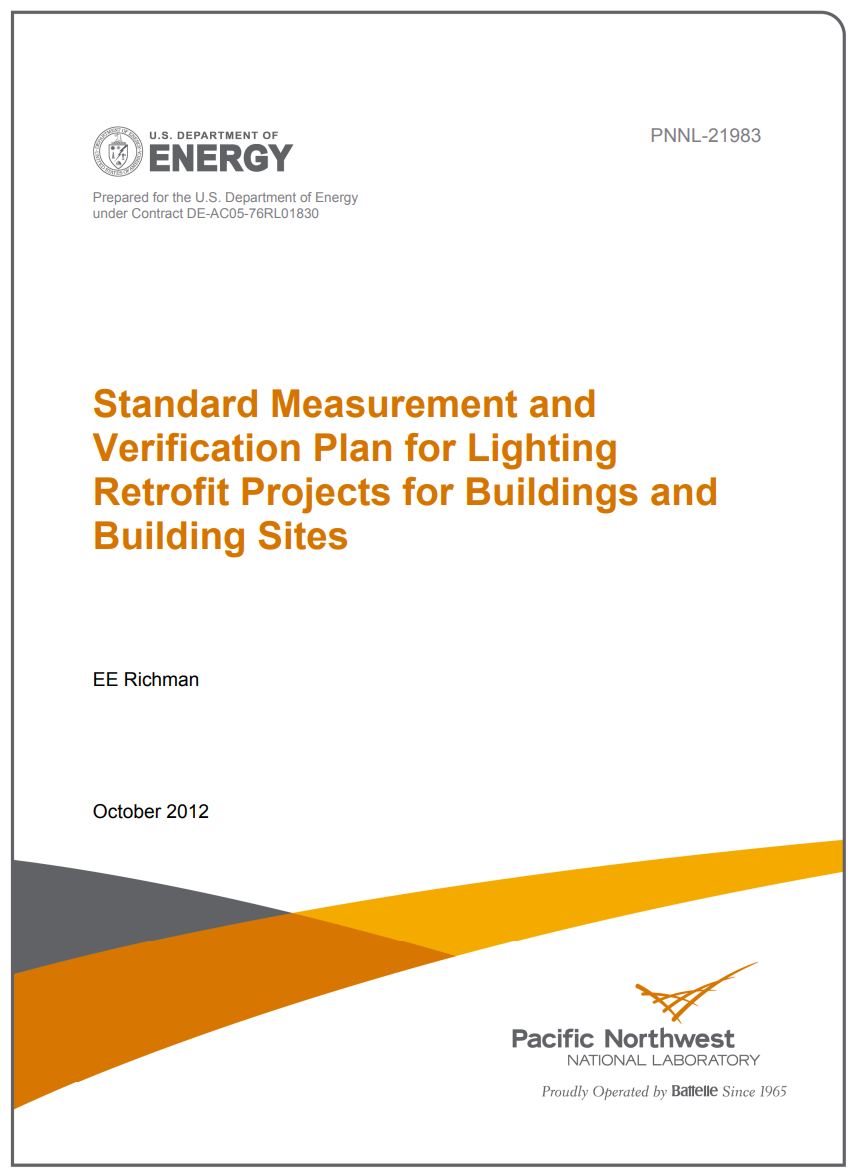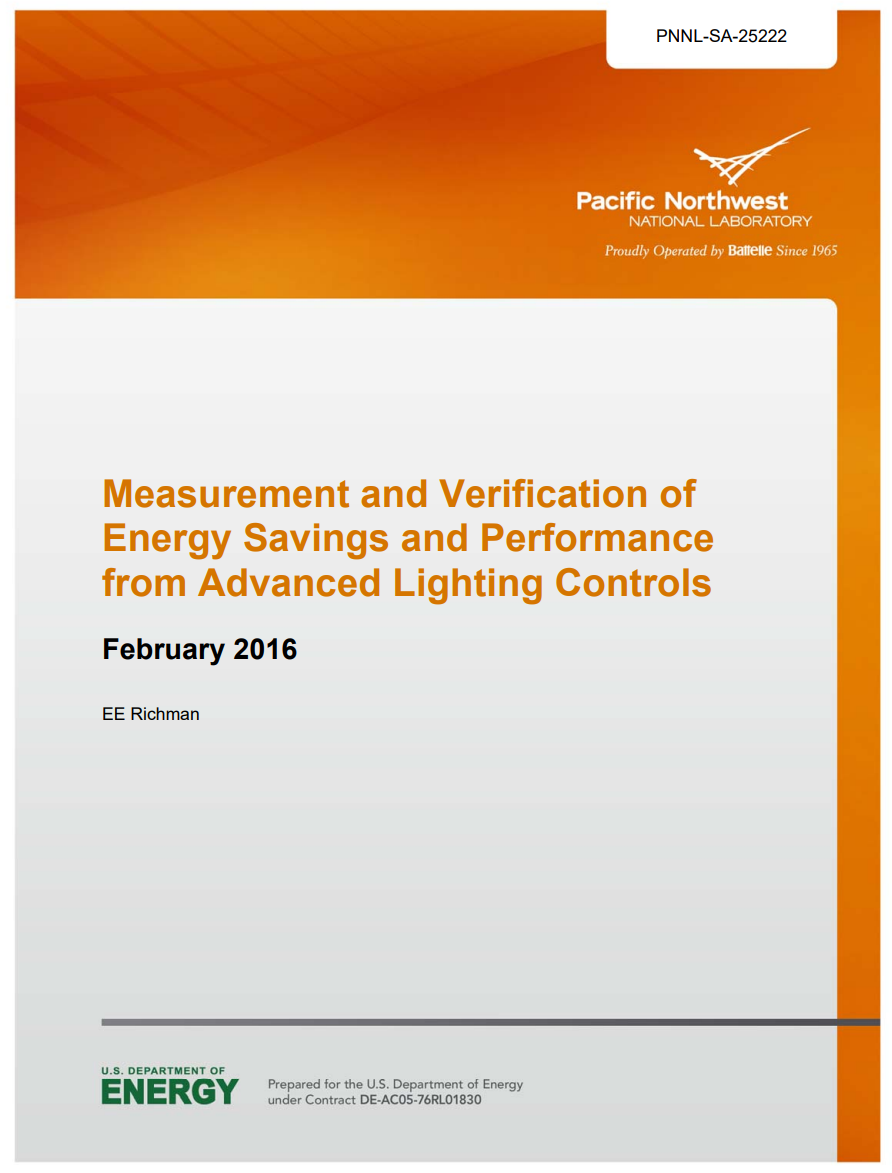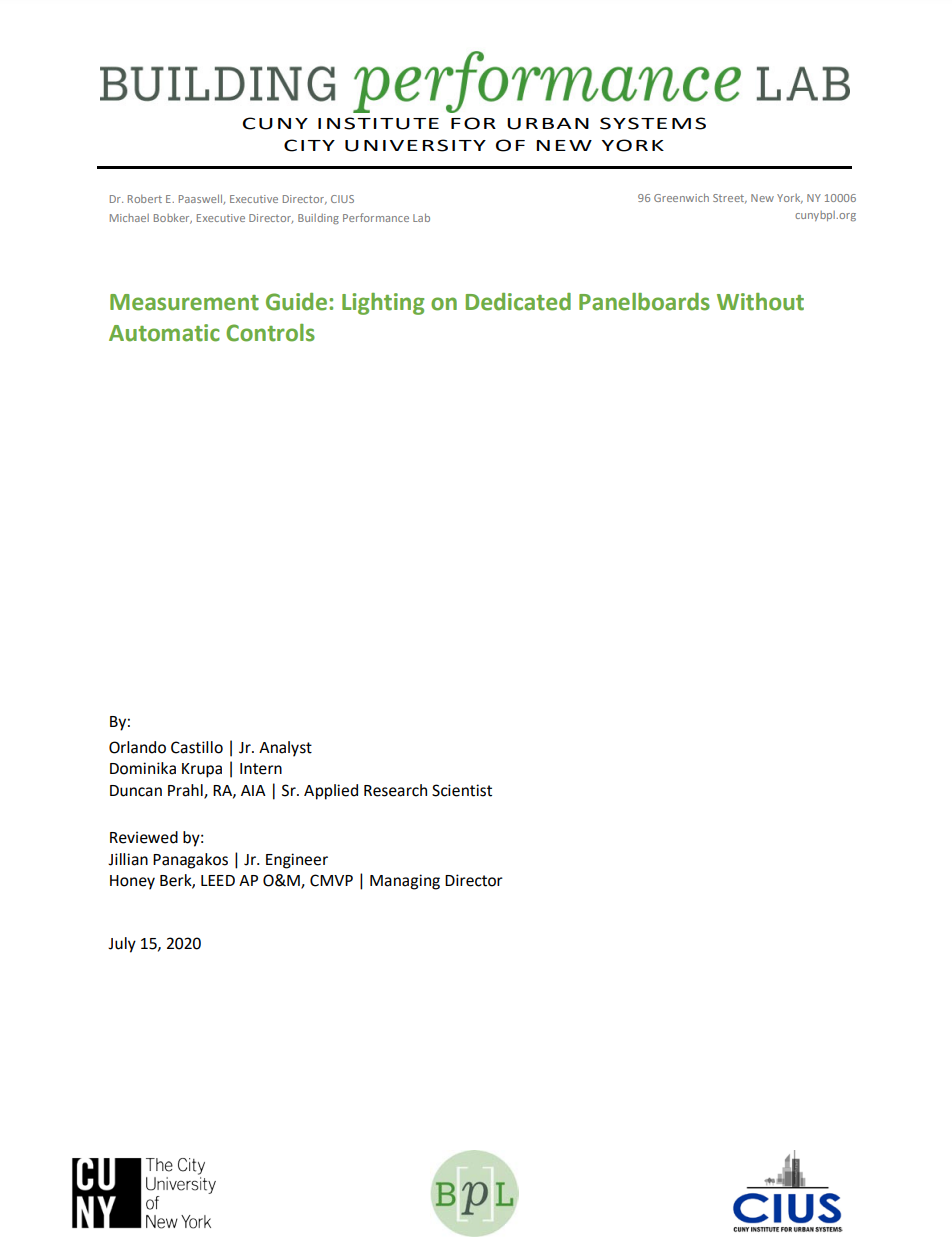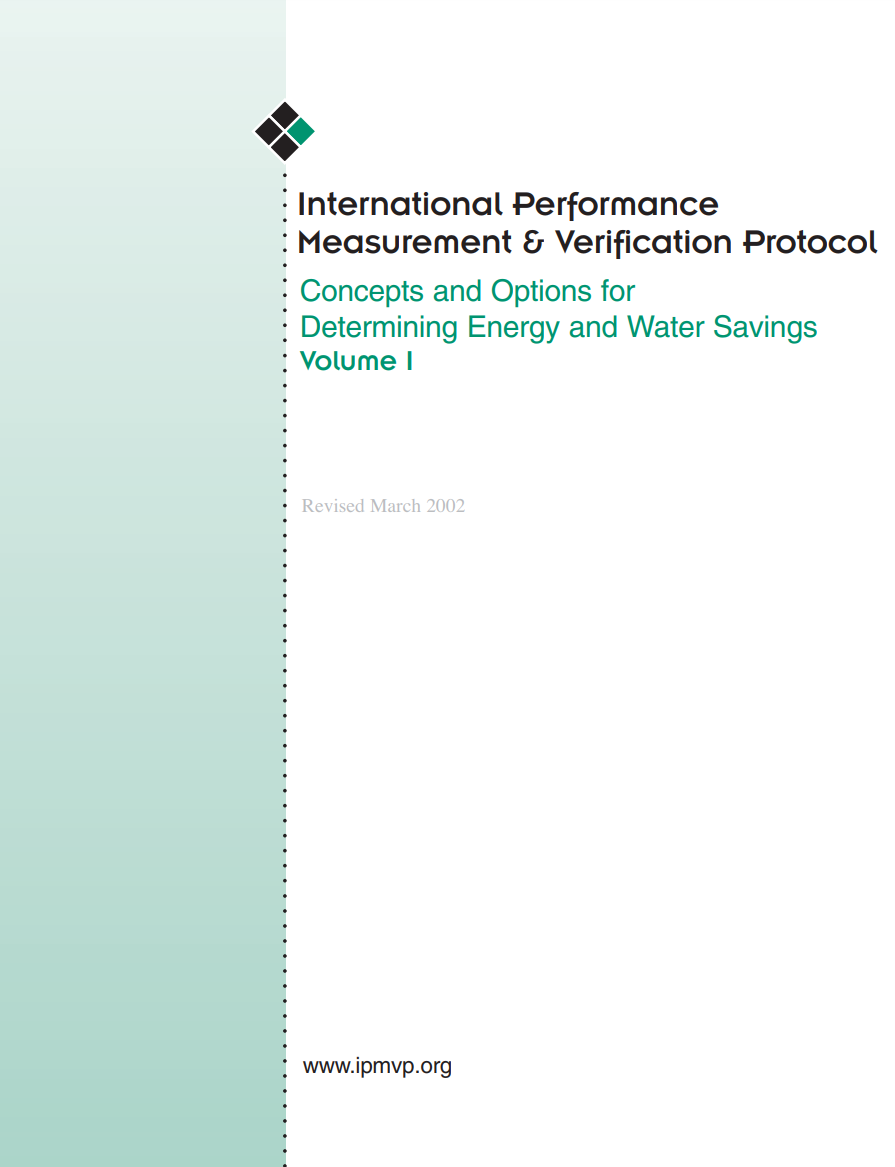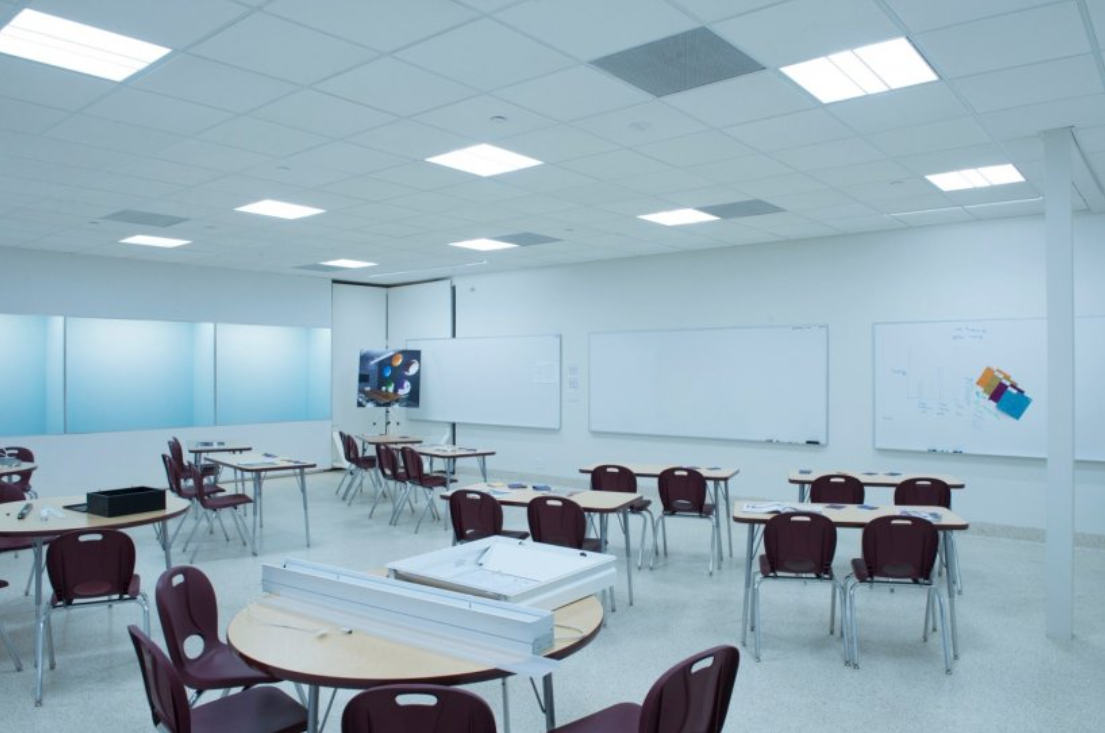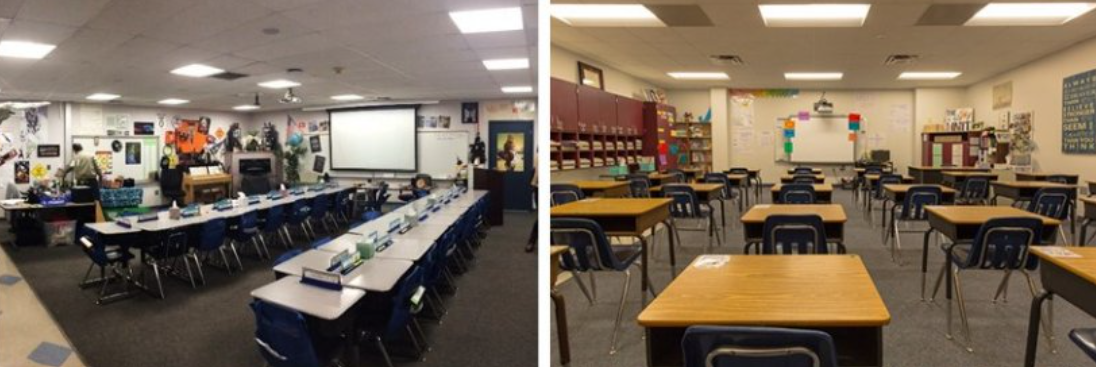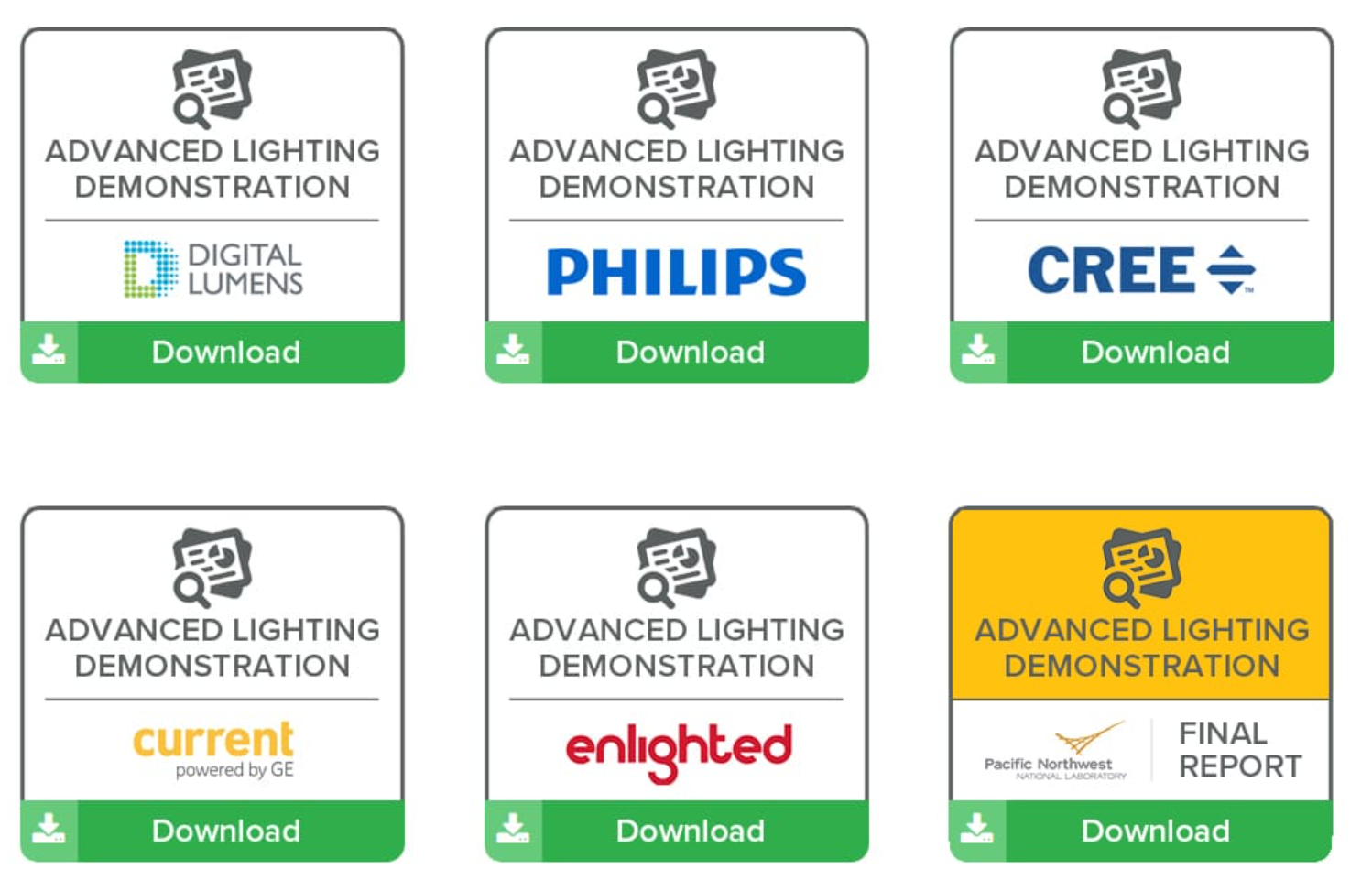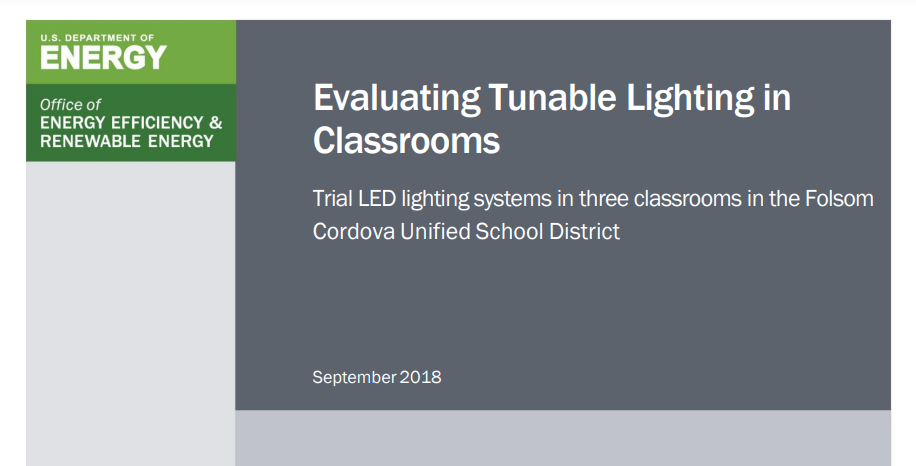Lighting
The Integrated Lighting Campaign (U.S. Department of Energy) helps facility owners and managers take advantage of the savings opportunities and benefits of advanced lighting controls and integrated lighting systems. Participants—building owners, operators, and managers—gain access to resources and technical assistance to aid in identifying strategies to integrate lighting with other building systems or overcome implementation roadblocks.
U.S. Department of Energy's Lighting Systems Technology Research Team and partners work together to reduce lighting energy use by sharing insights and experiences related to emerging lighting and control systems and documenting the application of solutions. By developing resources like lighting specifications and application guidance, the team helps build confidence and demand for higher efficiency technology.
This U.S. Department of Energy toolkit covers a wide range of technical implementation details, case studies, specifications, and more on lighting technologies in K-12 schools. There are resources on new technologies for the classroom like tunable lighting and adaptive controls for parking lot lighting. Other resources cover various interior and exterior spaces like auditoriums, cafeterias, gymnasiums, and pedestrian walkways. Leveraging these outstanding results and strategies, the K-12 Lighting Toolkit provides some best practices for implementing energy-efficient lighting in schools.
This guide (U.S. Department of Energy) outlines the best practices for retrofitting LED troffer lighting and controls. The vast majority of lighting in U.S. commercial buildings is provided by fluorescent troffer ceiling fixtures. There are currently over 350 million installed troffers using more than 65 million kWh (the annual energy usage of 6 million U.S. homes). Retrofitting these fluorescent troffers to light-emitting diode (LED) sources offers the potential for enormous energy savings.
Verified lists of high performing and energy saving LED lighting solutions. Products undergo thorough vetting and review by DLC experts to ensure they meet rigorous energy and quality requirements.
Resources developed thorough industry research and rooted in extensive expertise and experience. Use the DLC’s resources to see how you can save energy, improve costs, and reduce climate impact. Resources include on demand webinars and trainings, technical reports and case studies and a library of other technical resources on LED lighting, networked lighting controls, and other topics.
Designed to help project managers navigate the many options available for lighting retrofits and installations, the guide covers lighting and daylighting retrofit strategies that have consistently proven to provide the greatest long-term energy savings and lighting quality improvements on K–12 and community college campuses. In addition to providing advice on best practices for planning projects, incorporating daylight harvesting and selecting lighting technologies, the interactive electronic guide includes links to case studies, product specification sheets, organizations that offer free or low-cost services, and other resources.
Provides technical resources for school design, construction, operations and maintenance standards, with a mission to improve student physical health, academic performance, mental well-being, and environmental stewardship by creating the best high-performance school environment through educational resources, design criteria and verification.
CHPS Lighting Criteria / Design: EQ P12.0 Daylight: Glare Protection, EQ C12.1 Daylight Availability, EQ C13.1 Views, EQ C14.1 Electric Light Performance & Circadian Lighting.
For K-12 School Buildings, developed in collaboration with ASHRAE, the American Institute of Architects (AIA), the Illuminating Engineering Society (IES), and the U.S. Green Building Council (USGBC), with support from DOE, provides a cost-effective approach to achieve advanced levels of energy savings.
See Chapter 5 of the guide, How To Strategies, including Daylighting and Electric Lighting and Visual Comfort and Daylighting sections.
LEED is a leading green building project and performance management system, delivering a comprehensive framework for green building design, construction, operations and performance. LEED v4.1, raises the bar on building standards to address energy efficiency, water conservation, site selection, material selection, day lighting and waste reduction.
LEED v4.1 Building Design +Construction (LEED BD+C) applies to K–12 schools and may be used for higher education and nonacademic buildings on school campuses. The LEED v4.1 evolution for the design and construction of full buildings focuses on accessibility, the most current standards and real-world project experiences. This rating system is for buildings that are new construction or major renovations.
Helps you search for rebates on ENERGY STAR certified products —many of which are used in commercial buildings. Also, the Utility Genius Rebate Finder is available for commercial products not eligible for ENERGY STAR, including commercial lighting as well as HVAC and building automation equipment, and more.
This document provides a framework for standard measurement and verification (M&V) of lighting retrofit and replacement projects. It was developed to provide site owners, contractors, and other involved organizations with the essential elements of a robust M&V plan for lighting projects. It includes details on all aspects of effectively measuring light levels of existing and post-retrofit projects, conducting power measurement, and developing cost-effectiveness analysis. This framework M&V plan also enables consistent comparison among similar lighting projects, and may be used to develop M&V plans for non--lighting-technology retrofits and new installations.
This document provides a framework for measurement and verification (M&V) of energy savings, performance, and user satisfaction from lighting retrofit projects involving occupancy-sensor-based, daylighting, and/or other types of automatic lighting. It was developed to provide site owners, contractors, and other involved organizations with the essential elements of a robust M&V plan for retrofit projects and to assist in developing specific project M&V plans. It provides an overview of how to conduct energy measurements and develop cost-effectiveness analyses to evaluate energy savings and compare different lighting control systems where applicable.
This guide is one of a series developed with the goal of implementing consistent, simple, purpose-driven measurement processes to help quantify the impact of projects designed to further New York City’s greenhouse gas (GHG) reduction goals. These guides are designed for use by internal and external stakeholders to facilitate comprehensive characterizations of building energy consumption and promote standardized and reasonable reporting of avoided energy use, through the collection of energy-related system data in buildings owned or operated by the City. These measurement guides may also provide direction to other municipalities or private sector organizations that are looking to quantify avoided energy use for applicable energy conservation measures (ECMs).
The International Performance Measurement and Verification Protocol (MVP) provides an overview of current best practice techniques available for verifying results of energy efficiency, water efficiency, and renewable energy projects. It may also be used by facility operators to assess and improve facility performance. Energy conservation measures1 (ECMs2) covered herein include fuel saving measures, water efficiency measures, load shifting and energy reductions through installation or retrofit of equipment, and/or modification of operating procedures.
This valuable report (U.S. Department of Energy) covers energy-efficient LED-based lighting systems for classrooms that can be easily controlled to optimize student performance. This report is the result of a DOE-facilitated partnership between RTI International and Finelite, and details integrated next-generation systems that make it easy to control light levels and chromaticity (the color of the light) in three classroom zones.
The growing interest in using tunable LED lighting systems in classrooms has prompted these U.S. Department of Energy (DOE) studies that examine the potential impact on student learning, teacher satisfaction, and associated energy use. DOE is focused on analyzing data collected by the lighting systems, to better understand how teachers use the controls, and to identify opportunities for optimization of the lighting system.
In partnership with DOE and DLC member utilities, the DLC completed several demonstration projects of various networked lighting control technologies starting in 2015. These projects provide data and experience using new networked lighting controls.
Various case studies. For example: a case study of Folsom Cordova Unified School District summarizes the results from a trial installation of LED lighting systems installed in three classrooms at Gold Ridge Elementary in Folsom, California that is expected to achieve energy savings of 46%.
Jordan Shackelford from Lawrence Berkeley National Laboratory discussed the campaign’s second round recognition program and projects relevant to lighting, and highlighted useful lighting standards, tools, and guides for schools, such as lighting resources from the Better Buildings Initiative. Jordan also discussed measurement and verification, along with research that highlights the health and safety benefits of lighting retrofits in schools.
Axel Pearson from Pacific Northwest National Laboratory discussed DOE’s Integrated Lighting Campaign and how schools can be a part of this campaign, and also highlighted resources and provided an in-depth example of an innovative lighting project at Holt Public Schools, who was recently recognized by the campaign. A participant from the project discussed considerations for schools who are getting started with lighting retrofits and related projects.
